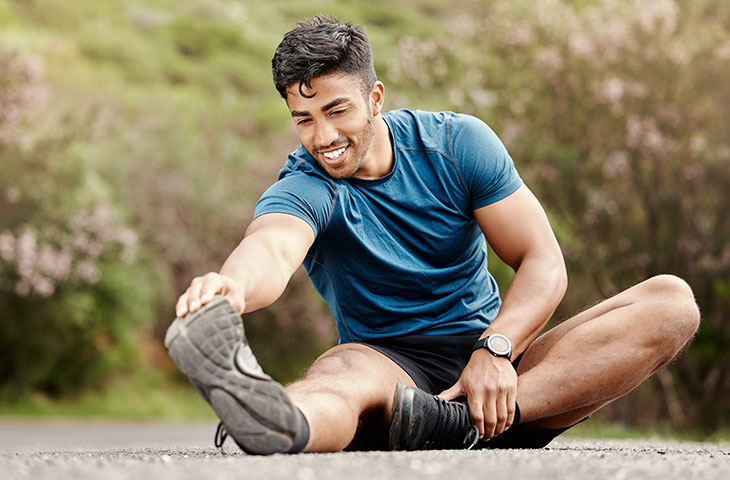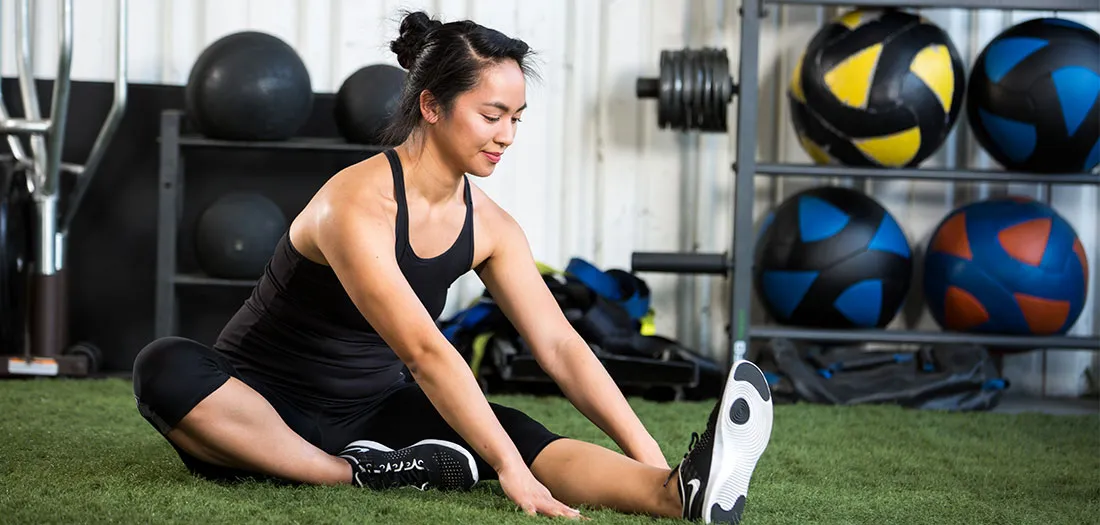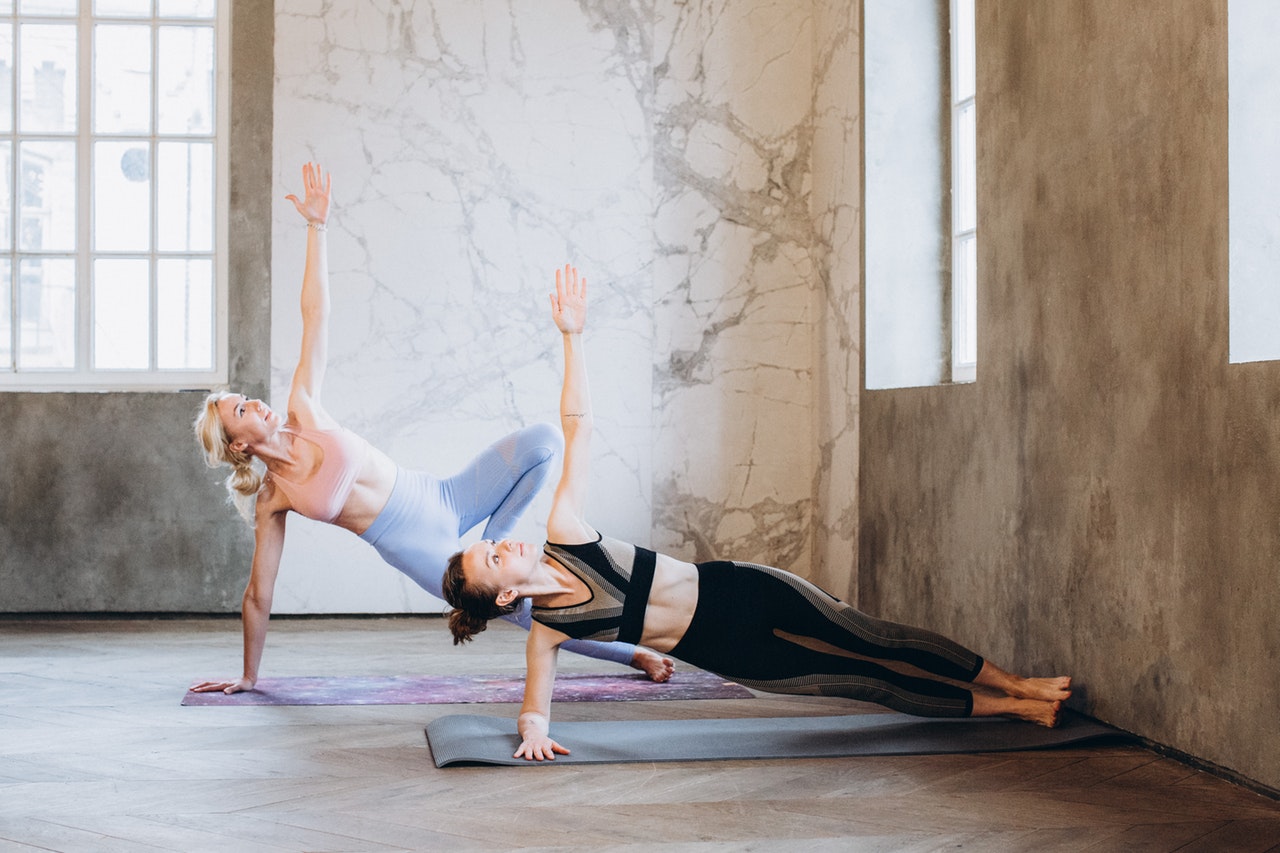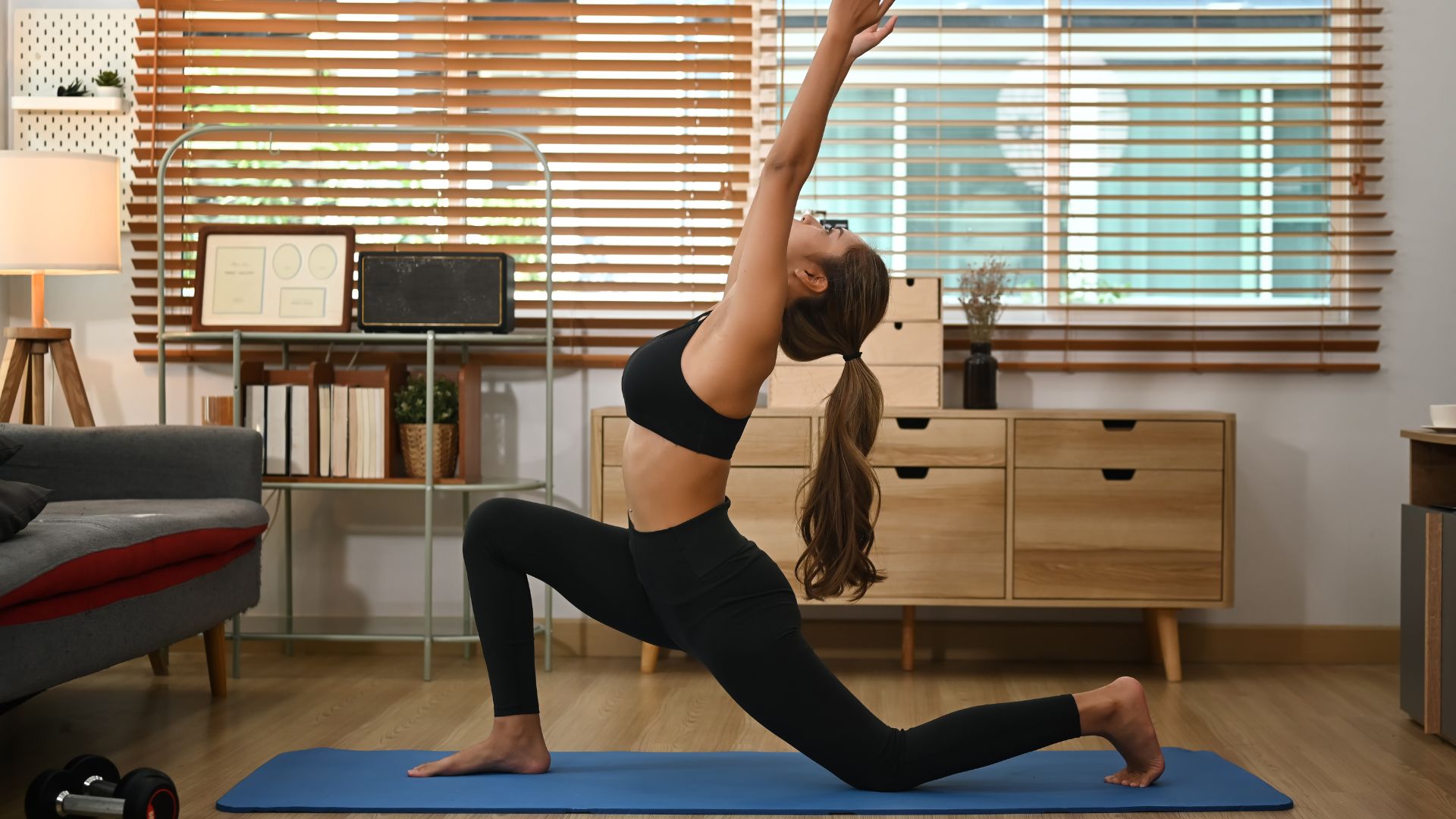When I first started my fitness journey, I thought stretching for a few minutes before a workout was enough to keep me limber and injury-free. Like many, I used “flexibility” and “mobility” interchangeably, assuming they were two sides of the same coin. But after a nagging hip injury and a humbling yoga class where I could barely touch my toes, I realized there’s a lot more to these concepts. Flexibility and mobility are distinct, and understanding their differences can transform how you move, feel, and perform—whether you’re hitting the gym, chasing kids, or just trying to sit at your desk without pain. In this article, we’ll dive deep into flexibility vs. mobility, break down their roles in your body, and give you practical ways to improve both for a healthier, more active life.
What Is Flexibility?
Flexibility is your muscles’ and tendons’ ability to lengthen and stretch passively. Think of it as how far you can reach in a toe-touch or how close you can get your forehead to your knees in a seated stretch. It’s about the range of motion (ROM) in your soft tissues, often measured by how “bendy” you feel.
Why Flexibility Matters
When I started doing yoga, I was shocked at how tight my hamstrings were. Flexibility is crucial because it helps prevent muscle strains, improves posture, and reduces tension. Without it, everyday movements like bending to tie your shoes can feel like a chore.
How Flexibility Works in the Body
Flexibility depends on the elasticity of your muscles and connective tissues. When you stretch, you’re lengthening these tissues, which can improve blood flow and reduce stiffness. For example, a flexible hamstring allows you to bend forward without rounding your back excessively.
What Is Mobility?
Mobility is the ability of your joints to move actively through their full range of motion, controlled by muscles, tendons, and ligaments. It’s not just about stretching but about strength, coordination, and stability. Picture squatting deeply with perfect form—that’s mobility in action.
Why Mobility Is a Game-Changer
I learned about mobility the hard way when I couldn’t squat without my knees caving in. Mobility is key for functional movement, injury prevention, and athletic performance. It’s what lets you move freely and confidently in daily life or sports.
How Mobility Differs from Flexibility
While flexibility is about passive stretching, mobility is active and dynamic. It involves joint health, muscle strength, and neurological control. For instance, you might be flexible enough to touch your toes, but if your hips lack the strength to control a deep squat, your mobility is limited.
Flexibility vs. Mobility: A Side-by-Side Comparison
To make sense of these concepts, let’s break them down in a clear comparison.
| Aspect | Flexibility | Mobility |
|---|---|---|
| Definition | Ability of muscles to lengthen passively | Ability of joints to move actively through ROM |
| Focus | Muscle and tendon elasticity | Joint health, strength, and control |
| Example | Holding a static hamstring stretch | Performing a controlled deep squat |
| Key Components | Muscle length, connective tissue elasticity | Joint stability, muscle strength, coordination |
| Training Focus | Static stretching, yoga | Dynamic movements, strength exercises |
Key Takeaway from the Comparison
Flexibility is a component of mobility, but mobility is the bigger picture. You need flexible muscles to move well, but without strength and control, flexibility alone won’t get you far. Think of flexibility as the foundation and mobility as the house you build on it.
Why You Need Both Flexibility and Mobility
I used to think flexibility was enough—until I tried rock climbing. My flexible hamstrings didn’t help when I couldn’t stabilize my hips to reach the next hold. Flexibility keeps your muscles pliable, reducing the risk of strains. Mobility ensures your joints move smoothly, supporting functional movements like walking, lifting, or even getting out of bed. Together, they create a balanced, resilient body.
Benefits of Flexibility
- Reduced Muscle Tension: Eases tightness from sitting or repetitive movements.
- Improved Posture: Helps align your spine and reduce slouching.
- Injury Prevention: Lessens the chance of muscle pulls during activity.
Benefits of Mobility
- Enhanced Performance: Improves athletic movements like running or lifting.
- Joint Health: Reduces wear and tear on joints, preventing arthritis.
- Functional Movement: Makes daily tasks like bending or reaching easier.
Pros and Cons of Focusing on Each
Flexibility Pros:
- Easy to improve with simple stretches.
- Reduces muscle soreness post-workout.
- Accessible for beginners.
Flexibility Cons:
- Limited to passive movements.
- Doesn’t improve joint stability or strength.
- Overstretching can lead to injury.
Mobility Pros:
- Enhances functional and athletic performance.
- Improves joint health and longevity.
- Builds strength and coordination.
Mobility Cons:
- Requires more time and effort to train.
- May need guidance to avoid improper form.
- Can be challenging for beginners.
How to Improve Flexibility
Improving flexibility is straightforward but requires consistency. I started with just 10 minutes of stretching daily, and within weeks, I could touch my toes without grimacing.
Best Tools for Flexibility
- Yoga Mat: Provides cushioning for floor stretches.
- Foam Roller: Helps release muscle tightness before stretching.
- Resistance Bands: Assist in deepening stretches safely.
Sample Flexibility Routine
Here’s a quick routine I use to stay limber:
- Hamstring Stretch: Sit with one leg extended, reach for your toes, hold for 30 seconds.
- Chest Opener: Clasp hands behind your back, lift arms, hold for 20 seconds.
- Hip Flexor Stretch: Lunge forward, push hips forward, hold for 30 seconds per side.
How to Improve Mobility
Mobility training is more dynamic and requires active effort. After incorporating mobility drills, I noticed I could squat deeper without my knees complaining.
Best Tools for Mobility
- Kettlebell: Great for dynamic strength exercises like goblet squats.
- Mobility Ball: Targets joint restrictions and improves ROM.
- Resistance Bands: Add resistance to mobility drills for strength.
Sample Mobility Routine
Try this routine to boost joint mobility:
- Hip Circles: Stand, lift one knee, rotate hip in circles, 10 reps per side.
- Cat-Cow Stretch: On all fours, alternate arching and rounding your back, 10 reps.
- Thoracic Rotations: Sit, rotate upper body side to side, 10 reps per side.
Where to Get Started: Resources for Flexibility and Mobility
- Online Platforms: Websites like Yoga With Adriene (yogawithadriene.com) offer free yoga videos for flexibility. For mobility, check out GMB Fitness (gmb.io) for guided programs.
- Local Classes: Search for yoga or functional fitness classes at gyms or community centers.
- Apps: Apps like StretchIt or MobilityWOD provide daily routines for both flexibility and mobility.
People Also Ask (PAA) Section
Here are real questions from Google’s PAA, answered concisely to address search intent.
Is flexibility the same as mobility?
No, flexibility is the ability of muscles to stretch passively, while mobility is the active movement of joints through their range of motion. Flexibility is part of mobility, but mobility also requires strength and control.
Can you be flexible but not mobile?
Yes, you can have flexible muscles but lack the strength or coordination for good mobility. For example, you might touch your toes but struggle with a deep squat due to weak hips.
How do I improve my mobility?
Incorporate dynamic exercises like hip circles, lunges, and strength training. Use tools like kettlebells or resistance bands, and practice consistently 3–4 times a week.
Why is mobility better than flexibility?
Mobility isn’t inherently better, but it’s more functional because it combines flexibility with strength and control. It supports real-world movements, while flexibility alone may not.
FAQ Section
What’s the main difference between flexibility and mobility?
Flexibility focuses on muscle length and passive stretching, while mobility involves active joint movement, strength, and coordination. Both are essential for a balanced body.
How often should I work on flexibility and mobility?
Aim for 3–5 sessions per week, with 10–15 minutes for flexibility (static stretches) and 15–20 minutes for mobility (dynamic drills). Consistency is key.
Can I improve flexibility and mobility at home?
Absolutely! Use free online videos, apps, or simple routines with minimal equipment like a yoga mat or resistance bands. Start small and progress gradually.
Do I need flexibility or mobility for sports?
Both! Flexibility prevents muscle strains, while mobility enhances performance and joint health. For example, runners need flexible calves and mobile hips for efficiency.
Are there risks to focusing only on flexibility?
Yes, overstretching without building strength can lead to joint instability or injury. Balance flexibility with mobility training for optimal results.
Real-Life Example: My Journey to Better Movement
A few years ago, I was that guy who thought a quick hamstring stretch before a run was enough. But when I started CrossFit, my lack of mobility became painfully obvious—I couldn’t overhead squat without wobbling like a newborn giraffe. A trainer introduced me to mobility drills, like thoracic rotations and hip openers, which transformed my movement. Combining those with regular yoga for flexibility, I went from stiff and injury-prone to squatting with ease and running without pain. It wasn’t overnight, but the progress felt like unlocking a new level of my body.
Practical Tips to Get Started Today
- Start Small: Dedicate 10 minutes daily to stretching or mobility drills.
- Mix It Up: Combine static stretches (flexibility) with dynamic movements (mobility).
- Listen to Your Body: Avoid pushing past discomfort to prevent injury.
- Track Progress: Note how far you can stretch or move each week to stay motivated.
- Seek Guidance: Use resources like GMB Fitness or consult a physical therapist for personalized advice.
Final Thoughts: Flexibility and Mobility for a Better You
Flexibility and mobility aren’t just fitness buzzwords—they’re the keys to moving better, feeling better, and living better. Whether you’re an athlete aiming for peak performance or someone who wants to bend down without wincing, both are essential. By understanding their differences and incorporating targeted routines, you can build a body that’s strong, supple, and ready for anything life throws at you. So, grab a yoga mat, try a few hip circles, and start your journey to better movement today. Your future self will thank you.




